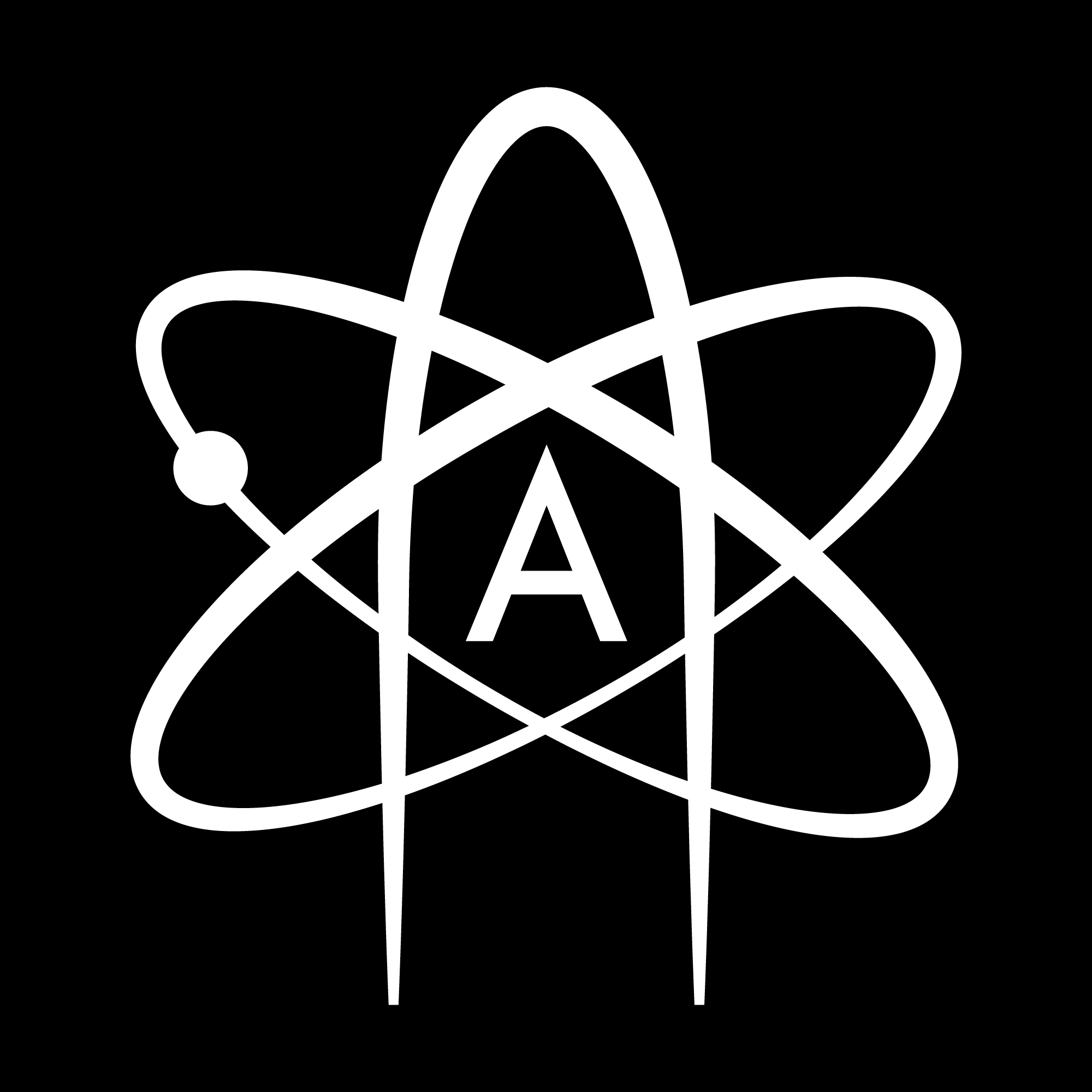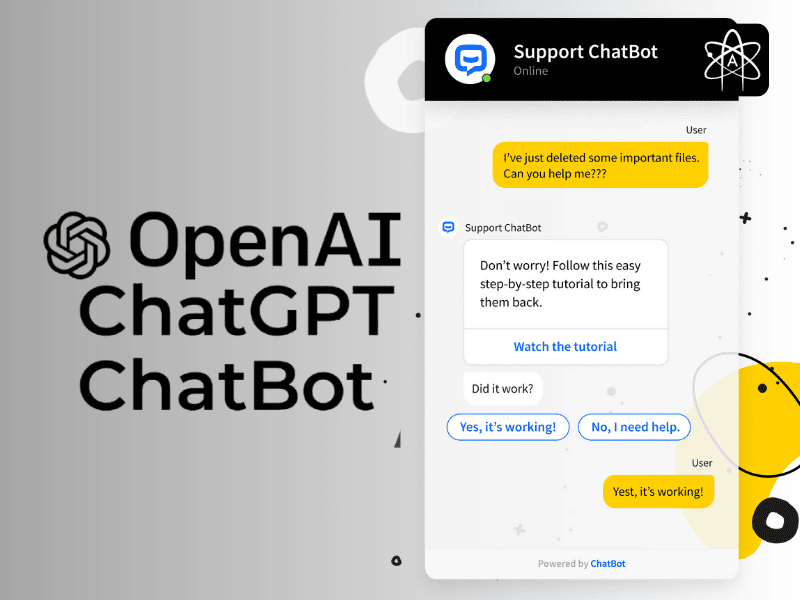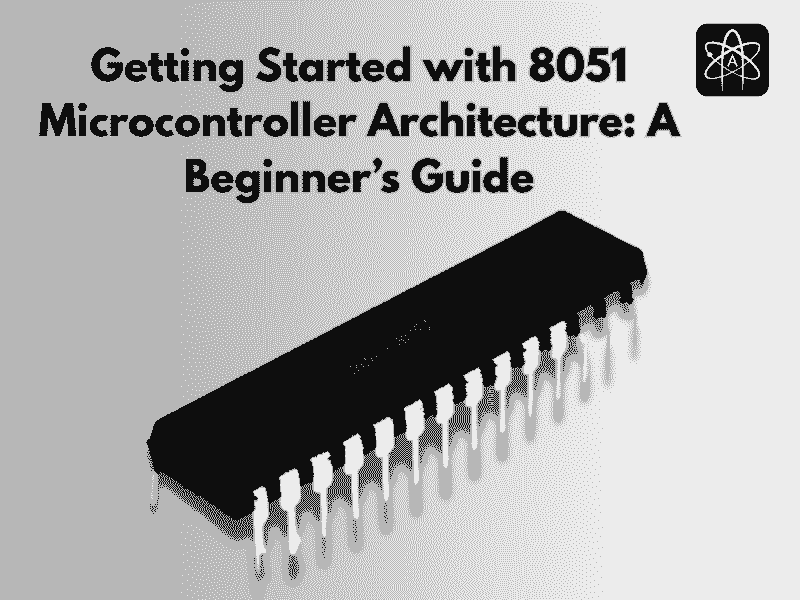The businesses are now changing the way they communicate with their customers. Now, most of the time, queries are getting answered by AI-powered chatbots. These chatbots have conversations like humans, help businesses in managing customer support, and solve queries with instant replies. There are different ways to build a chatbot, and now you can Build AI chatbot with OpenAI API. Chatbots are an essential tool for developers, business owners, and creators for automating support and building a personalised digital assistant. With the right step-by-step chatbot creation guide, anyone can create a chatbot according to their need.
Connecting Your App to OpenAI
OpenAI is the platform that helps you build your chatbot. This OpenAI does the power conversation by giving an answer to your question or the prompt. To build Build AI chatbot with OpenAI API, first you need an OpenAI account with an API key, a code that helps connect your app with OpenAI. Before telling you a step-by-step chatbot creation guide, keep in mind that it includes charges; the pay is according to the amount of text your created chatbot processes, which is called tokens.
Step 1: Choose the model.
Now chatbots also have different types, and to Build AI chatbot with OpenAI API, you have to select from different models of OpenAI. The first one is GPT 3.5 or GPT 4, best for smooth and live human-like real conversation. The second one is fine-tuned models; this one is good when you want a chatbot that is specially built to give information on a specific subject very well. The third one is embedding models, which are good for searching by text or for finding any similar information related to your text.
Most of the time, people go for GPT 3.5 or GPT 4 because they are more natural and more perfect chatbots to have a conversation with, especially for customer service automation with chatbot.
Step 2: Decide on the Chatbot Work
Before starting to build AI chatbot with OpenAI API, make sure that you know its purpose. There are three main purposes for which people usually prefer using it. The first is for customer support, such as giving OpenAI API question answering integration, to explain the product information. The second use is for educational purposes, where the chatbot explains the topics in brief with examples, and the third one is a productivity bot, which helps in summarising and managing schedules. When you have clear goals, things become easy to create, design, and manage.
Step 3: Set Up the Workplace
Now here comes the important step, which is prompt engineering for better chatbot responses. Some options are React or Next.js for building a chat interface, messaging apps for the purpose of connecting your bot with WhatsApp or some other app, and Python or Node. JS for backend coding. You just need to install the OpenAI library, and then your app can talk to the OpenAI API.
Step 4: Control the Conversation
The chatbot you are using should be managed properly; it should know its flow, and that can be managed with OpenAI. The system’s options tell the bot how to behave, the Assistant tells it how to reply, and with the user, it works on the human-like messages. Now, for example, if you say your chatbot talks friendly with the customer and gives a direct and simple answer, this helps in keeping the chatbot consistent.
Step 5: Add memory and knowledge
If you want your chatbot to give smart answers like it remembers everything for better customer service automation with Chatbot, connect it with extra tools. Vector databases help the bot detect documents and find the best information. A custom knowledge base connects the bot with live data and FAQs.
Step 6: Time of putting the chatbot online
First, build AI chatbot with OpenAI API and then install it on your computer. After setting its time, it’s time to make it live. You can add it to your website, chat apps and also as an app in AWS and Azure.
Wrapping It Up
Build AI chatbot with OpenAI API, and you will know how easy and fun the process is. With time, always try it, test it, and check if it needs any improvement to be better. Some tools, like Pinecone, a React chatbot component with OpenAI, make creating chatbots easy for beginners and even for experts. The chatbot can be created for any purpose, but the process of creating it is very simple because OpenAI gives you everything that you need to create a perfect bot.



